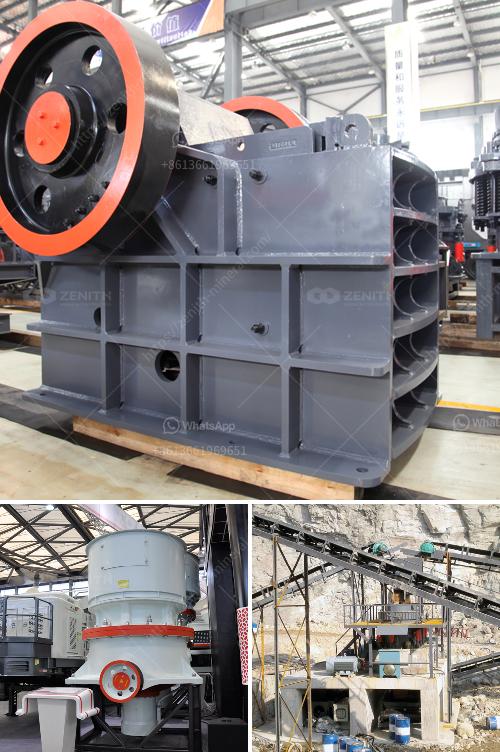The benefits of a mineral processing plant are numerous and multifaceted, impacting various aspects of the economy, environment, and technological advancement. Here are some of the key benefits:
Value Addition: Mineral processing plants add significant value to raw minerals by converting them into more refined and marketable products. This increases the economic value of the mined materials.
Job Creation: These plants create numerous job opportunities, ranging from skilled labor to administrative roles, thereby contributing to local and national employment rates.
Revenue Generation: By processing minerals locally, countries can generate substantial revenue through exports of processed minerals, which are often more valuable than raw ores.
Industrial Growth: The availability of processed minerals supports the growth of various industries such as construction, manufacturing, and technology, fostering overall industrial development.
Waste Reduction: Mineral processing plants are designed to minimize waste by efficiently extracting valuable minerals from ores. This reduces the amount of waste material that needs to be managed or disposed of.
Recycling and Reuse: Some plants incorporate processes that allow for the recycling and reuse of materials, further reducing environmental impact and promoting sustainable practices.
Pollution Control: Modern mineral processing plants are equipped with technologies to control emissions and effluents, thereby reducing pollution and protecting the environment.
Innovation and Research: The establishment of mineral processing plants often drives innovation and research in mining and metallurgy, leading to the development of new technologies and processes.
Efficiency Improvements: Continuous advancements in processing technologies improve the efficiency of mineral extraction and processing, reducing energy consumption and operational costs.
Quality Enhancement: Advanced processing techniques enhance the quality and purity of the final products, making them more suitable for high-tech applications and increasing their market value.
Community Development: The presence of mineral processing plants can lead to the development of local communities by providing infrastructure, healthcare, and educational facilities.
Skill Development: These plants often invest in training and skill development programs for their workforce, enhancing the skill set of the local population.
Economic Stability: By providing stable employment and contributing to the local economy, mineral processing plants help in maintaining economic stability in the regions where they operate.
Resource Utilization: Efficient processing of minerals ensures optimal utilization of natural resources, reducing the need for excessive mining and preserving resources for future generations.
Supply Chain Security: By processing minerals domestically, countries can secure their supply chains for critical materials, reducing dependence on foreign sources and enhancing national security.
Market Competitiveness: Countries with advanced mineral processing capabilities can compete more effectively in the global market, attracting investments and fostering economic growth.
In summary, mineral processing plants play a crucial role in enhancing the economic, environmental, technological, social, and strategic aspects of the mining industry and the broader economy. They contribute to value addition, job creation, waste reduction, technological innovation, community development, and resource utilization, making them indispensable in the modern industrial landscape.
